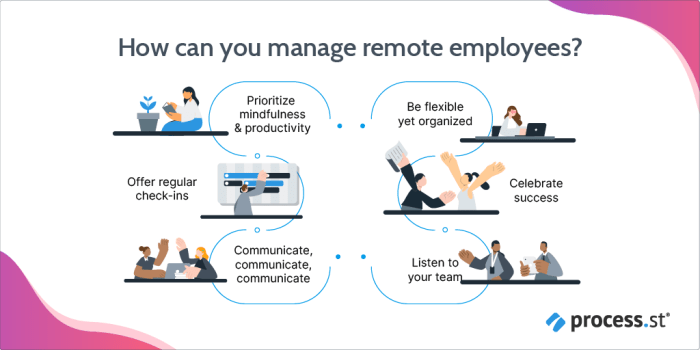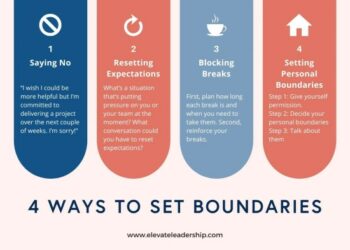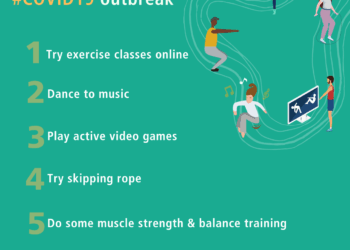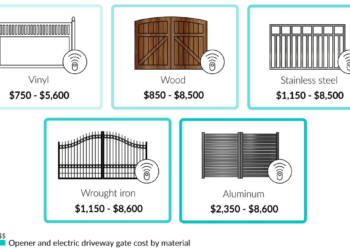Embarking on the journey of managing work-life balance remotely opens up a world of possibilities and challenges. In this dynamic landscape, finding the best tools to navigate this delicate equilibrium is crucial for success.
As we delve into effective strategies, time management techniques, and communication tools, the path to achieving a harmonious work-life balance becomes clearer and more attainable.
Importance of Work-Life Balance
Maintaining a healthy work-life balance is crucial, especially in a remote work environment where the lines between professional responsibilities and personal life can easily blur. It is essential for overall well-being, productivity, and mental health.
Increased Productivity and Focus
- A balanced work-life routine allows individuals to recharge and come back to work with renewed energy and focus.
- Employees who have time for personal activities outside of work are more likely to be motivated and productive during working hours.
- Setting clear boundaries between work and personal life helps prevent burnout and ensures sustained productivity levels.
Improved Mental Health
- Having time for hobbies, exercise, and relaxation can reduce stress and anxiety levels, leading to better mental health outcomes.
- Strong work-life balance promotes a sense of fulfillment and satisfaction, contributing to overall happiness and well-being.
- Regular breaks and time off allow individuals to recharge and maintain a positive mindset, even when facing challenging tasks.
Challenges of Blurred Boundaries
- Without clear boundaries, individuals may find it difficult to disconnect from work, leading to feelings of being constantly 'on call' and impacting personal relationships.
- Working long hours without breaks can result in burnout, decreased productivity, and ultimately, poor mental health outcomes.
- Distractions from personal life can affect work performance, while work-related stress can spill over into personal time, creating a cycle of imbalance.
Strategies for Managing Work-Life Balance
Maintaining a healthy work-life balance is crucial, especially when working remotely. Here are some effective strategies to help you set boundaries and prioritize your well-being.
Setting Boundaries
- Establish clear work hours and stick to them to prevent overworking.
- Communicate with your team about your availability and respect others' boundaries as well.
- Create a designated workspace at home to mentally separate work from personal life.
Time Management Techniques
- Try the Pomodoro Technique to break work into intervals with short breaks in between for increased productivity.
- Utilize time blocking to allocate specific time slots for different tasks, ensuring a balanced schedule.
- Set priorities and focus on completing important tasks first to avoid feeling overwhelmed.
Designated Workspace
- Choose a quiet and well-lit area in your home as your workspace to minimize distractions.
- Personalize your workspace with plants, photos, or inspiring quotes to boost motivation and create a positive environment.
- Invest in ergonomic furniture and set up your desk for optimal comfort and efficiency during work hours.
Tools for Time Management
Managing time effectively is crucial for maintaining a healthy work-life balance, especially when working remotely. Utilizing digital tools and apps can help in organizing tasks, meeting deadlines, and scheduling work hours efficiently.
Project Management Tools
- Trello: Trello is a popular project management tool that uses boards, lists, and cards to organize tasks and collaborate with team members. It is user-friendly and visually appealing, making it easy to track progress and prioritize work.
- Asana: Asana is another powerful project management tool that allows users to create tasks, set deadlines, and assign responsibilities. It offers features like kanban boards, calendars, and timelines for better task management.
- Monday.com: Monday.com is a versatile project management tool that enables teams to manage projects, workflows, and tasks in a customizable way. It offers various templates and integrations to streamline work processes.
Using project management tools like Trello, Asana, or Monday.com can enhance collaboration, boost productivity, and ensure that work tasks are organized effectively.
Calendar Apps
- Google Calendar: Google Calendar is a widely used calendar app that allows users to schedule meetings, set reminders, and block out time for tasks. It syncs across devices and integrates with other Google apps for seamless productivity.
- Outlook Calendar: Outlook Calendar is part of the Microsoft Office suite and offers similar features to Google Calendar. It allows users to manage appointments, share calendars, and stay organized with ease.
Calendar apps like Google Calendar and Outlook are essential for planning work hours, scheduling personal activities, and ensuring that time is allocated effectively for both professional and personal tasks.
Communication and Collaboration Tools
Efficient communication and collaboration tools are essential for remote work coordination, allowing teams to stay connected and work together seamlessly.
Video Conferencing Tools
Video conferencing tools like Zoom, Microsoft Teams, or Skype play a crucial role in enhancing virtual team meetings. These tools enable face-to-face interactions, making communication more personal and effective. They also help maintain a sense of connection among team members, despite being physically apart.
Collaborative Platforms
Collaborative platforms such as Google Workspace and Microsoft Office 365 are instrumental in streamlining teamwork and project collaboration. These platforms offer features like real-time document editing, file sharing, and task management, making it easier for team members to collaborate on projects efficiently.
By providing a centralized hub for communication and collaboration, these platforms improve productivity and ensure that everyone is on the same page.
Final Thoughts

In conclusion, mastering the art of work-life balance remotely is not just about finding the right tools—it's about embracing a lifestyle that prioritizes well-being and productivity. By utilizing the best tools available, you can create a seamless blend of work and personal life that enhances both aspects.
Frequently Asked Questions
How can I effectively set boundaries between work and personal life while working remotely?
One effective way is to establish specific work hours and stick to them, creating a clear separation between work and leisure time. Setting up a designated workspace at home can also help reinforce boundaries.
What are the benefits of using project management tools like Trello or Asana for work-life balance?
These tools help in organizing tasks, setting priorities, and maintaining a structured workflow, which in turn enhances productivity and reduces the likelihood of work spilling over into personal time.
How can communication tools like Slack or Zoom improve remote work coordination?
Efficient communication tools facilitate seamless collaboration, quick decision-making, and a sense of connection among remote team members, ultimately enhancing productivity and teamwork.











